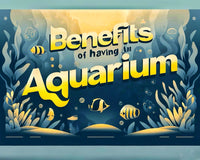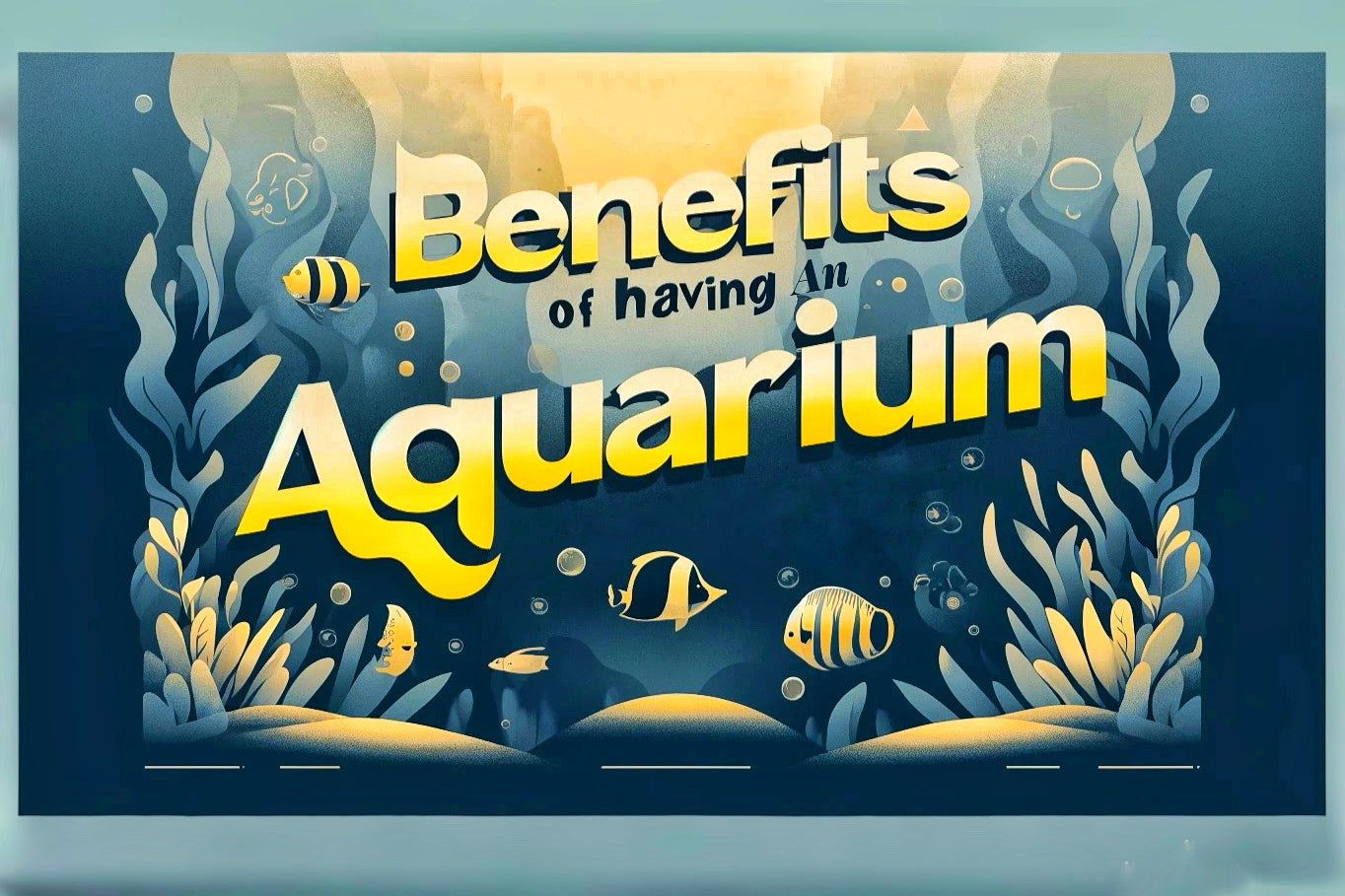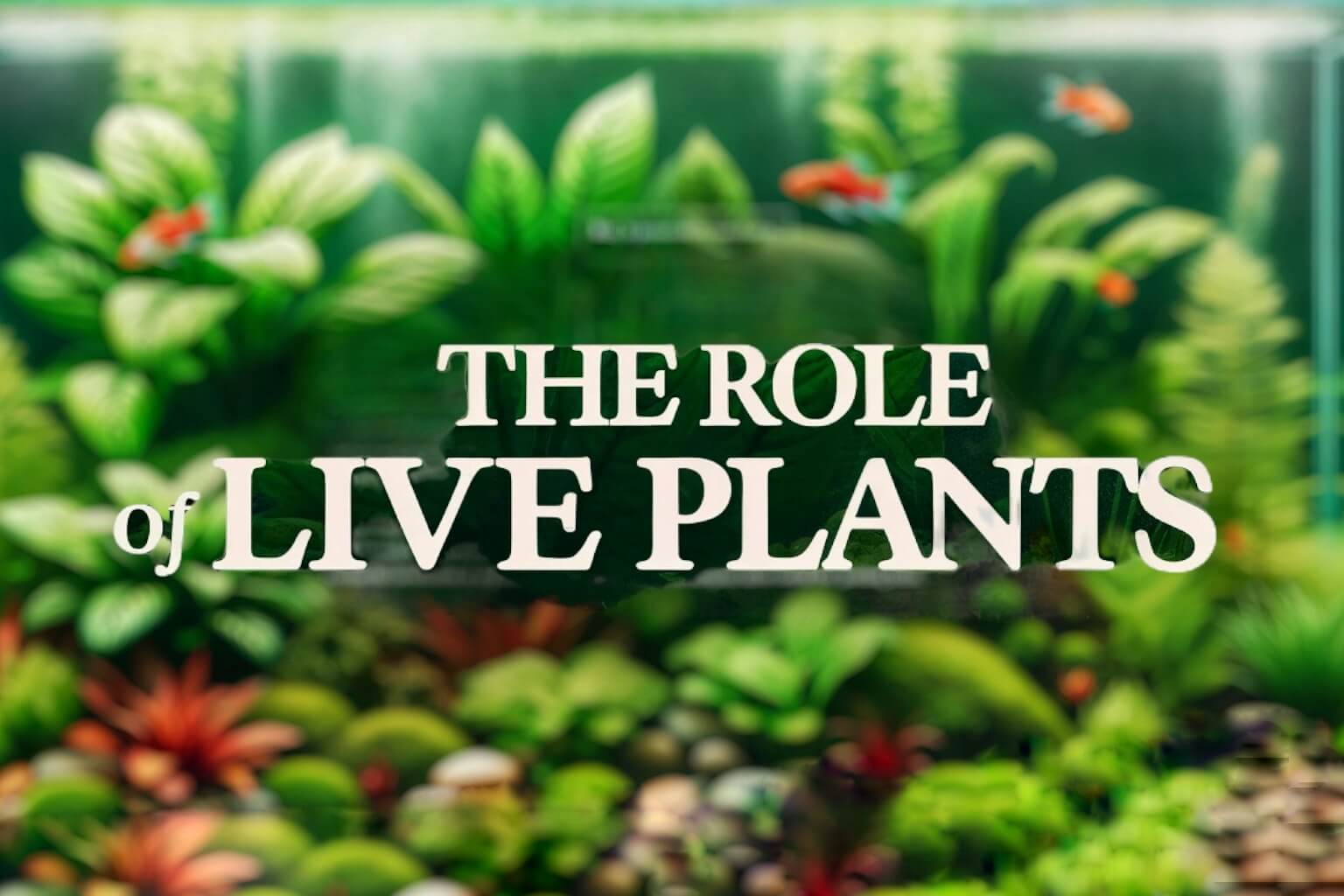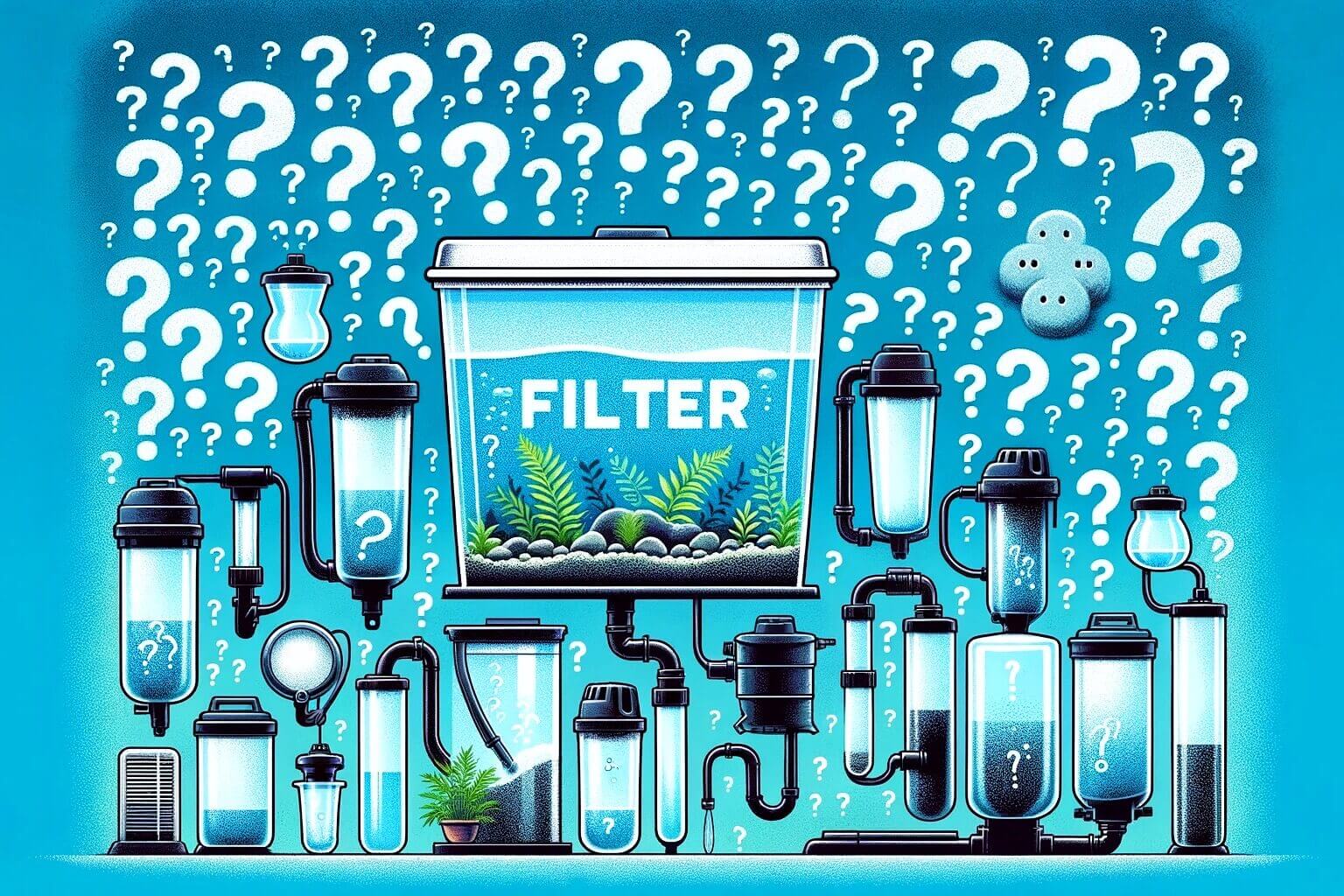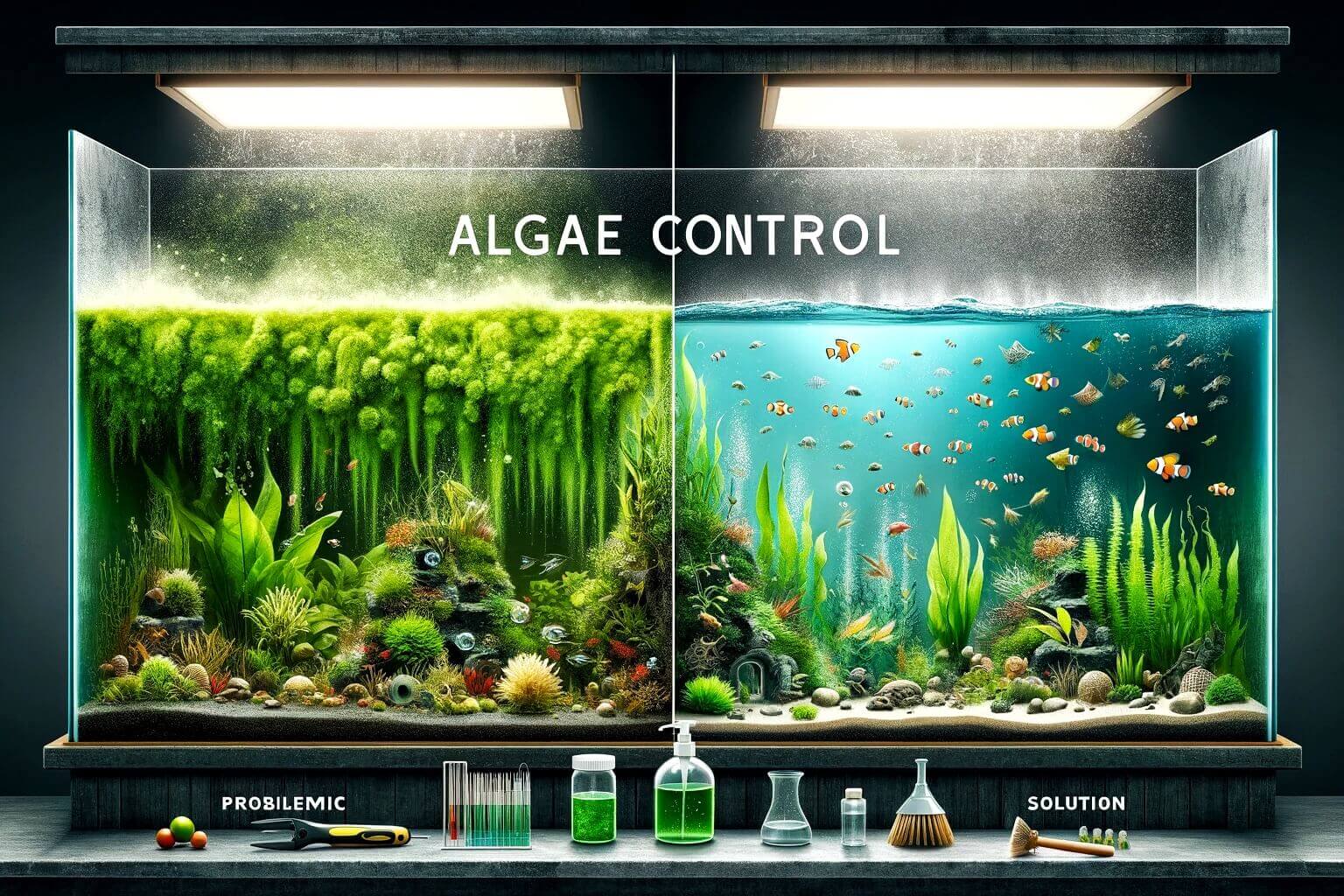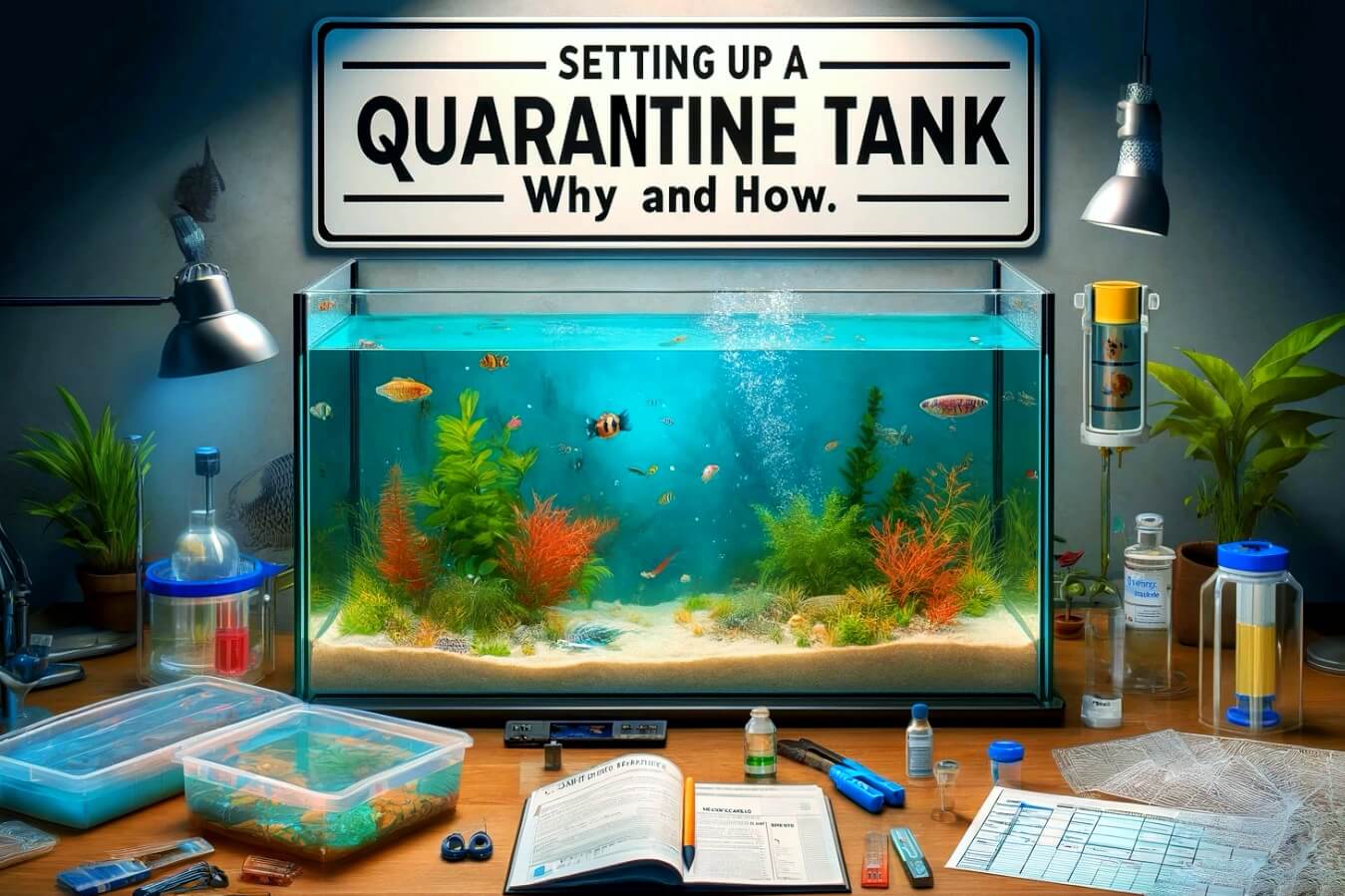Bare Bottom Reef Aquariums: Pros, Cons, and Considerations
Welcome to our comprehensive guide on bare bottom aquariums! In this blog article, we aim to provide valuable insights into the world of bare bottom aquariums, exploring their pros, cons, and essential considerations for aquarists.

Whether you're a seasoned hobbyist looking to optimise your aquatic setup or a beginner seeking guidance on aquarium design, this guide is tailored to equip you with the knowledge needed to make informed decisions regarding bare bottom tanks. From discussing the advantages of reduced bacterial buildup and enhanced water flow to addressing potential drawbacks such as limited habitat diversity, we'll cover all aspects of bare bottom aquariums to help you create thriving aquatic ecosystems. Join us as we dive deeper into the fascinating world of bare bottom aquariums and discover how they can enhance your aquatic experience!
Bare Bottom Reef Aquariums: Pros and Cons Summary
Bare Bottom Aquarium Pros:
- Reduced bacterial buildup
- Suitability for SPS systems
- Less organic accumulation
- Customisable aesthetic
Bare Bottom Aquarium Cons:
- Limited habitat diversity
- Reduced microfauna population
- Challenges with maintaining stability
- Unsightly tank bottom
Now, let's delve deeper into each of these pros and cons to gain a comprehensive understanding of bare bottom aquariums.
Pros of Bare Bottom Aquariums
Bacterial Limitation
One of the primary benefits of bare bottom aquariums is their reduced surface area for bacterial colonisation. While beneficial bacteria are crucial for maintaining a healthy aquatic ecosystem, excessive bacterial buildup can lead to water quality issues. With a bare bottom tank, there is less surface area for harmful bacteria to proliferate, potentially reducing the risk of ammonia spikes and other imbalances.
Suitability for SPS Systems
Bare bottom aquariums are particularly well-suited for systems focused on Small Polyp Stony (SPS) corals. These corals thrive in environments with high flow rates and pristine water conditions. Without sand to trap debris and impede water flow, SPS corals can benefit from increased water circulation, allowing nutrients to be efficiently transported and preventing detritus buildup.
Less Organic Accumulation
In traditional aquariums with substrate, organic matter such as uneaten food and fish waste can accumulate within the substrate layers, leading to nutrient imbalances and potential water quality issues. In contrast, bare bottom tanks minimise organic buildup, making it easier to maintain stable water parameters and reducing the risk of algae outbreaks.
Customisable Aesthetic
With a bare bottom aquarium, aquarists have complete control over the tank's aesthetic appeal. Whether you prefer a minimalist design or wish to showcase intricate aquascaping, the absence of substrate allows for greater flexibility in designing the tank layout. Aquarists can focus on creating visually stunning displays without the constraints imposed by substrate materials.
Cons of Bare Bottom Aquariums
Limited Habitat Diversity
The absence of substrate in bare bottom aquariums limits the diversity of habitats available to aquatic inhabitants. Many species of fish and invertebrates rely on sand or gravel substrates for foraging, burrowing, and nesting activities. Without substrate, these natural behaviours may be compromised, potentially leading to stress and behavioural issues among tank inhabitants.
Reduced Microfauna Population
Substrate serves as a habitat for various microorganisms, including beneficial bacteria, algae, and tiny invertebrates. In bare bottom aquariums, the absence of substrate can result in a reduced population of microfauna, potentially disrupting the tank's ecological balance.
However, this issue can be mitigated through the strategic placement of live rock and other porous structures, providing additional surface area for microorganisms to colonise. While copepods and amphipods may still thrive in such environments, other microorganisms dependent on substrate may be less prevalent.
Challenges with Maintaining Stability
Bare bottom aquariums may pose challenges in maintaining stability, particularly regarding water parameters such as pH and alkalinity. Without substrate to buffer pH fluctuations, aquarists may need to monitor and adjust water chemistry more frequently to ensure optimal conditions for aquatic life. Additionally, the absence of substrate can make it harder to anchor plants and coral frags securely, requiring alternative methods for stability.
Unsightly Bottom
For some aquarists, the appearance of a bare bottom tank may be less visually appealing compared to tanks with substrate. Without substrate to cover the tank bottom, equipment such as pumps, heaters, and filter intakes may be more conspicuous, detracting from the tank's overall aesthetic appeal. However, creative aquascaping and strategic placement of decorations can help minimise this issue.

Optimising Rock Work for Enhanced Flow and Easy Maintenance
In bare bottom aquariums, rock work plays a crucial role not only in creating visually appealing aquascapes but also in facilitating water flow and maintaining water quality. Strategic placement of rocks can promote efficient circulation while ensuring easy access for cleaning and maintenance.
Creating Stable Foundations
When designing rock structures in bare bottom aquariums, it's essential to start with a stable foundation. Large, flat rocks can serve as the base, providing a solid anchor for the rest of the structure. Ensure that the base rocks are securely positioned to prevent any shifting or instability over time.
Utilising Archways for Flow
To promote optimal water flow throughout the tank, consider incorporating archways and openings within the rock work. These arches not only create visually stunning focal points but also allow water to circulate freely, preventing dead spots and stagnation. Fish and other aquatic inhabitants will appreciate the opportunity to swim through these openings, enhancing their natural behaviours and overall well-being.
Placement Considerations
When positioning rocks within the aquarium, be mindful of their proximity to the tank's edges and other features. Leave ample space between the rock work and the aquarium walls, ensuring sufficient clearance for water flow and easy access for cleaning. Aim for a distance of more than a hand's width away from the glass to facilitate maintenance tasks such as algae scraping and siphoning.
Regular Siphoning for Detritus Removal
In bare bottom aquariums, regular siphoning is essential for preventing detritus buildup and maintaining water quality. Use a gravel vacuum or siphon tube to remove debris from the tank bottom, focusing on areas around the rock work where detritus tends to accumulate. By performing routine siphoning during water changes, you can effectively remove organic waste and prevent nutrient imbalances, promoting a healthier aquatic environment for your tank inhabitants.
By incorporating these principles into your rock work design and maintenance routine, you can optimise water flow, enhance the aesthetic appeal of your aquarium, and ensure the long-term health and vitality of your aquatic ecosystem.
Who Should Consider Bare Bottom Aquariums
SPS Coral Enthusiasts: Aquarists passionate about maintaining SPS coral-dominated reef systems can benefit from the enhanced water flow and stability offered by bare bottom aquariums.
Hobbyists Seeking Minimal Maintenance: For those looking to simplify aquarium maintenance and reduce the risk of nutrient buildup and algae outbreaks, bare bottom tanks offer a low-maintenance solution.
Aquarists Focused on Aquascaping: Individuals interested in creating intricate aquascapes and showcasing unique rock formations and coral arrangements may find bare bottom aquariums conducive to their artistic vision.
Who Should Avoid Bare Bottom Aquariums
Species-Specific Tanks: Aquarists maintaining species-specific tanks that require substrate for natural behaviours, such as burrowing or sifting through sand, should avoid bare bottom setups to ensure the well-being of their aquatic inhabitants.
Beginners: Novice aquarists may find bare bottom aquariums challenging to maintain due to the need for more frequent monitoring of water parameters and potential stability issues.
Preference for Naturalistic Aquaria: Hobbyists who prefer a more naturalistic aquarium aesthetic, with live sand or gravel mimicking the appearance of natural aquatic habitats, may not find bare bottom tanks to their liking.
Environmental Considerations
Bare bottom aquariums not only offer aesthetic appeal and practical benefits but also contribute to environmental sustainability in the aquarium hobby. By eliminating the need for traditional substrate materials such as sand or gravel, bare bottom setups reduce water consumption and waste production, making them inherently more eco-friendly. With less substrate to clean and maintain, aquarists can minimise water changes and reduce the use of chemical additives, promoting a more natural and balanced aquatic environment.
Furthermore, the absence of substrate reduces the risk of nutrient buildup and the accumulation of organic waste, which can contribute to water pollution and ecosystem imbalances in traditional aquarium setups. By maintaining cleaner and more stable water conditions, bare bottom aquariums support healthier aquatic ecosystems and reduce the need for excessive filtration and chemical treatments.
In addition to minimising environmental impact within the aquarium itself, bare bottom setups also have broader implications for resource conservation and sustainability. Traditional substrate materials such as sand and gravel are often harvested from natural habitats, leading to habitat destruction and disruption of delicate ecosystems. By opting for bare bottom aquariums, aquarists can reduce demand for these finite resources and promote conservation efforts to protect vulnerable aquatic environments.
As the aquarium hobby continues to evolve, there is growing recognition of the importance of sustainable practices and environmental stewardship. Bare bottom aquariums represent a step towards a more eco-friendly approach to aquarium keeping, demonstrating that beautiful and thriving aquatic ecosystems can be achieved while minimising environmental impact. By embracing sustainable principles and making conscious choices in aquarium design and maintenance, aquarists can play a vital role in protecting and preserving the natural world for future generations to enjoy.
In conclusion, bare bottom aquariums offer a range of benefits, including reduced bacterial buildup, suitability for SPS systems, and easier maintenance. However, they also come with drawbacks, such as limited habitat diversity and reduced microfauna populations. By carefully weighing the pros and cons outlined in this guide, aquarists can make informed decisions regarding the suitability of bare bottom aquariums for their aquatic endeavours.
We hope this guide has provided valuable insights into the world of bare bottom aquariums and equipped you with the knowledge needed to create thriving aquatic ecosystems. Whether you're a seasoned aquarist or just starting out, we'd love to hear about your experiences with bare bottom tanks. Share your successes, challenges, and creative aquascaping endeavours with us on Instagram—we're eager to see your unique setups and learn from your journey in the hobby. Don't forget to tag us in your photos and use our hashtag to join the conversation. Together, let's continue to explore the beauty and wonder of the underwater world!


